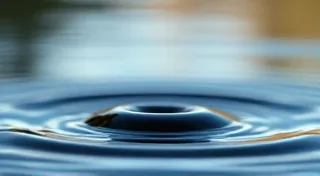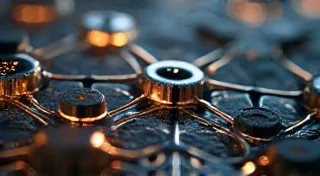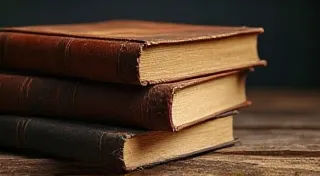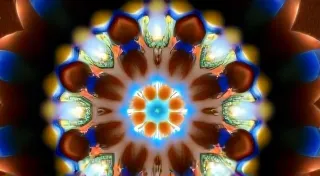Mother-of-Pearl's Iridescent Secret: Decoding the Language of Victorian Ornamentation
There’s a certain magic that clings to antique buttons, a whisper of the hands that made them, the clothes they adorned, and the lives they touched. Amongst these treasures, mother-of-pearl buttons hold a particularly alluring quality. Their iridescent shimmer, a dance of light and color, isn’t merely a surface effect; it’s a subtle language, a coded expression of Victorian social strata, artistic trends, and the quiet aspirations of an age.
I remember finding my first collection of Victorian buttons tucked away in a dusty trunk at an estate sale. The scent of aged linen and forgotten memories hung heavy in the air. Amongst the jumble of ribbons and lace, a small pouch caught my eye. Inside, nestled amongst tissue paper, were a dozen mother-of-pearl buttons, each radiating a soft, ethereal glow. It was an instant connection, a feeling of stepping back in time, of holding history in my hands.
The Science and the Source: Unveiling the Iridescence
Before we delve into the symbolism, it’s vital to understand the source of mother-of-pearl's captivating beauty. "Mother-of-pearl," or nacre, isn't a gem itself but the inner lining of certain mollusks, primarily oysters and mussels. It’s formed from layers of aragonite (a form of calcium carbonate) and conchiolin, a protein that binds the crystals together. The layers are incredibly thin and precisely aligned, creating a unique optical effect. Light reflects and refracts as it passes through these layers, producing the stunning iridescent shimmer we admire. The color isn’t inherent in the material itself, but a consequence of its structure – a phenomenon that fascinated Victorian scientists and artists alike. The intricacy of this transformation, from humble oyster shell to a shimmering button, is a microcosm of Victorian ingenuity. The intricacies of button distribution across Victorian era homes and estates can offer surprising clues to past lives; exploring these lost and found patterns adds another layer of understanding to the allure of these treasures.
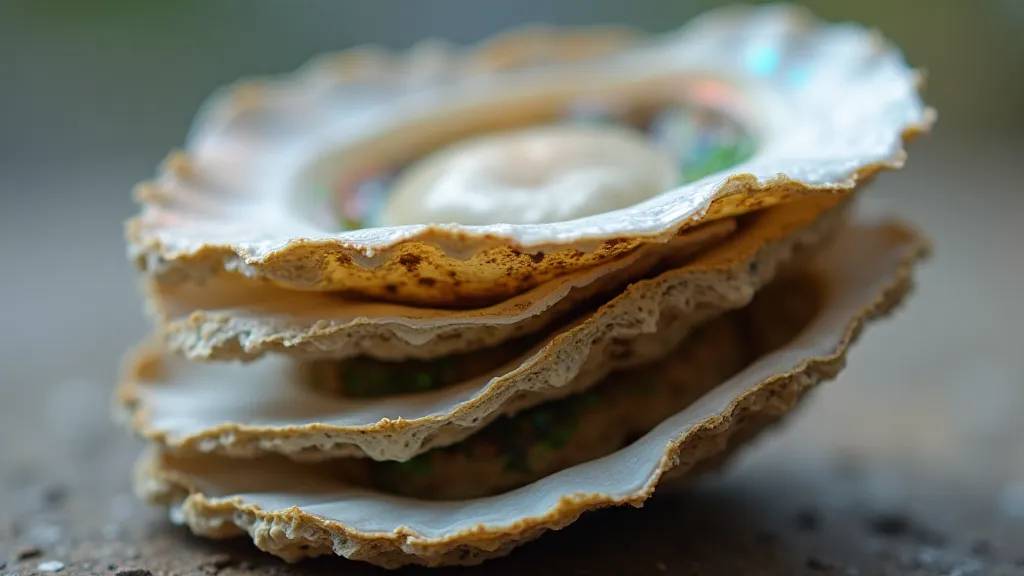
Beyond the purely scientific explanation, understanding how these materials were collected and prepared adds another dimension to appreciating the buttons. The process of harvesting the mollusks, transporting the shells, and then meticulously preparing the nacre demanded significant labor and skill, contributing to the overall value and desirability of mother-of-pearl buttons.
Button Manufacturing Techniques: From Hand-Carved to Mechanized Beauty
Victorian button manufacturing initially relied on skilled artisans. Early buttons were painstakingly hand-carved from sheets of mother-of-pearl. These craftsmen possessed incredible dexterity and an eye for detail, capable of transforming a raw shell into an object of exquisite beauty. The sheer artistry involved is remarkable, and the variations found in hand-carved buttons are a testament to the individuality of the artisans. As the Victorian era progressed, the Industrial Revolution brought about significant changes in button production. Machinery was introduced to cut, shape, and polish the buttons, allowing for mass production and wider accessibility. While machine-made buttons lacked the unique character of their hand-carved predecessors, the innovation enabled more affordable adornment for the burgeoning middle class.
Early factories, like those in Paris and Germany, became centers of button production. The evolution of button-making techniques also impacted button design. Initially, hand-carved buttons allowed for intricate designs, but the limitations of early machinery often resulted in simpler patterns. Later advances enabled the creation of more complex and detailed motifs, reflecting the evolving aesthetic tastes of the time. Minor changes in these manufacturing processes, sometimes overlooked, had a significant impact on the subsequent value of antique buttons – illustrating the butterfly effect in action. Understanding these manufacturing shifts can unlock surprising insights into button value and rarity. The transition from individual artistry to mechanized production fundamentally altered the button landscape, influencing both the aesthetic and economic realities of Victorian fashion.
Decoding the Victorian Button Language: Symbols of Status and Sentiment
Victorian society was deeply stratified, and its visual language – from architecture to fashion – reflected this hierarchy. Buttons weren't merely functional closures; they were statements of identity, symbols of social standing, and expressions of personal sentiment. Mother-of-pearl buttons, being relatively expensive, were primarily associated with the middle and upper classes.
Simple, undecorated mother-of-pearl buttons were common amongst the middle class, signifying respectability and refined taste. More elaborate designs, featuring intricate floral patterns, classical motifs, or personalized monograms, indicated wealth and status. For example, floral motifs like roses, lilies, and forget-me-nots held specific meanings. Roses, often associated with love and beauty, were a popular choice for ladies' attire. Lilies symbolized purity and innocence, while forget-me-nots expressed remembrance and enduring affection. Military buttons, often made of brass or pewter, but sometimes employing mother-of-pearl accents for officers’ uniforms, proudly displayed regimental crests and ranks.
The presence of personalized monograms on mother-of-pearl buttons indicated a certain level of bespoke tailoring and individualized style. These initials bespoke a certain level of wealth and status, demonstrating an attention to detail and exclusivity. Furthermore, the size of the button could also be indicative of social standing; larger buttons were often associated with those of higher status. The subtle shifts in color palettes throughout the Victorian era mirror changes in taste and technology; exploring the chromatic echoes in button design reveals fascinating details about Victorian aesthetics. It's remarkable how even something as seemingly insignificant as a button could broadcast so much information about the wearer's place in society.
Popular Designs and Their Hidden Meanings
Beyond the general symbolic meanings, certain designs were particularly popular and carried nuanced implications. Geometric patterns, like quatrefoils and trefoils, were common and often denoted religious affiliations or membership in fraternal organizations. Buttons depicting birds, such as doves (representing peace) and robins (symbolizing springtime and new beginnings), were often incorporated into mourning attire, reflecting a sentiment of hope and renewal amidst grief. The prevalence of certain motifs speaks volumes about the values and beliefs that shaped Victorian culture.
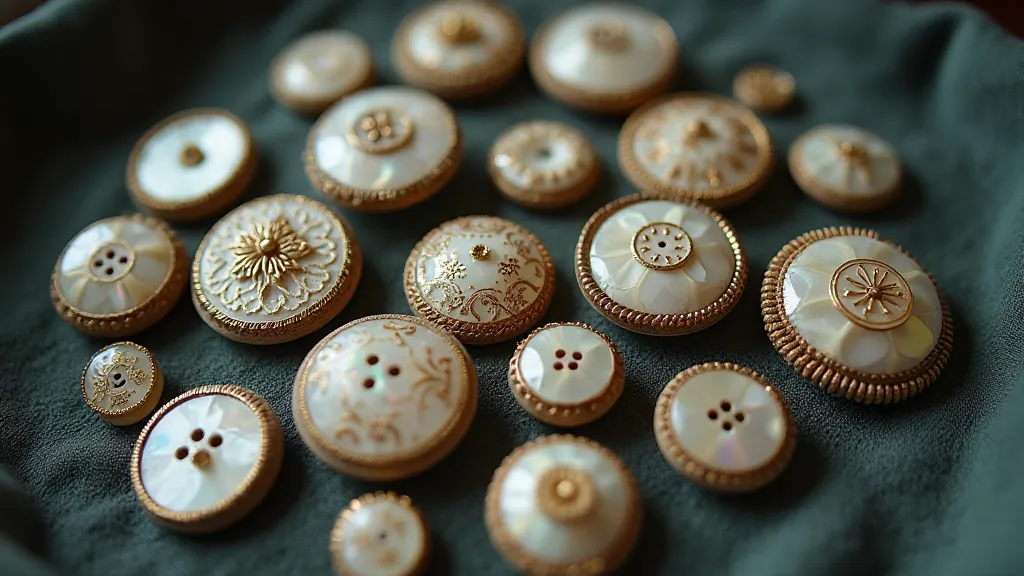
The Rise of Jet Buttons and Their Dark Significance
It's important to note that the Victorian era also witnessed a fascination with jet – a dark, fossilized wood – particularly during periods of mourning. Jet buttons, often contrasted with lighter mother-of-pearl accents, were worn to signify grief and remembrance. The stark visual contrast between the dark jet and the iridescent mother-of-pearl created a somber yet elegant aesthetic. The juxtaposition of light and darkness, hope and sorrow, was a recurring theme in Victorian art and fashion, and jet buttons provide a tangible example of this aesthetic sensibility. The societal obsession with outward displays of grief, often codified through fashion choices, provides a unique window into Victorian mourning rituals.
More Than Decoration: The Art of Collecting
The pursuit of antique buttons transcends mere acquisition; it’s a process of narrative construction. Each button, a fragment of a forgotten life, contributes to a larger tapestry of history and personal connection. For the dedicated collector, transforming these scattered remnants into a cohesive story is an act of creative alchemy – a delicate process documented in “The Collector’s Alchemy: Transforming Fragments into Narrative.” Understanding the subtle clues embedded in these adornments allows us to piece together a more complete picture of Victorian life. The joy of uncovering a single button, tracing its journey through time, and imagining the life of the person who once wore it is a profound experience for many collectors.
Preserving a Legacy: Caring for Your Victorian Treasures
Collecting and preserving Victorian mother-of-pearl buttons is more than just acquiring beautiful objects; it’s preserving a tangible link to the past. Careful handling and storage are essential to protect these delicate treasures from damage. Avoid exposing them to direct sunlight or extreme temperatures, as these can cause fading and cracking. Store them in individual pouches or compartments to prevent scratching. Gentle cleaning with a soft cloth is all that’s typically required. Over time, the nacre’s luster may diminish, but with proper care, your Victorian mother-of-pearl buttons can continue to shimmer and tell their stories for generations to come.
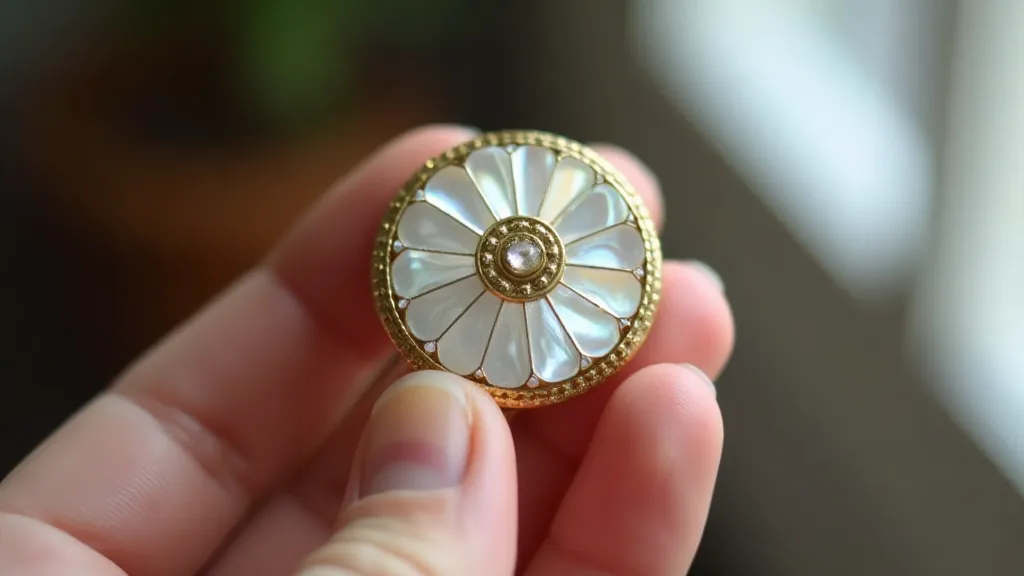
Each button holds a whisper of the past – a silent testament to the artistry, the social mores, and the quiet beauty of a bygone era. It’s a language spoken not with words, but with the iridescent shimmer of mother-of-pearl, waiting to be decoded. The stories these buttons tell are complex and fascinating, revealing a world of subtle distinctions and enduring elegance. By understanding their history, their symbolism, and their construction, we unlock a deeper appreciation for the artistry and innovation of the Victorian age – and the subtle beauty that continues to captivate us today. The legacy of these small objects extends far beyond their decorative value; they offer a profound connection to the past and a tangible reminder of the enduring power of human creativity and ingenuity.
